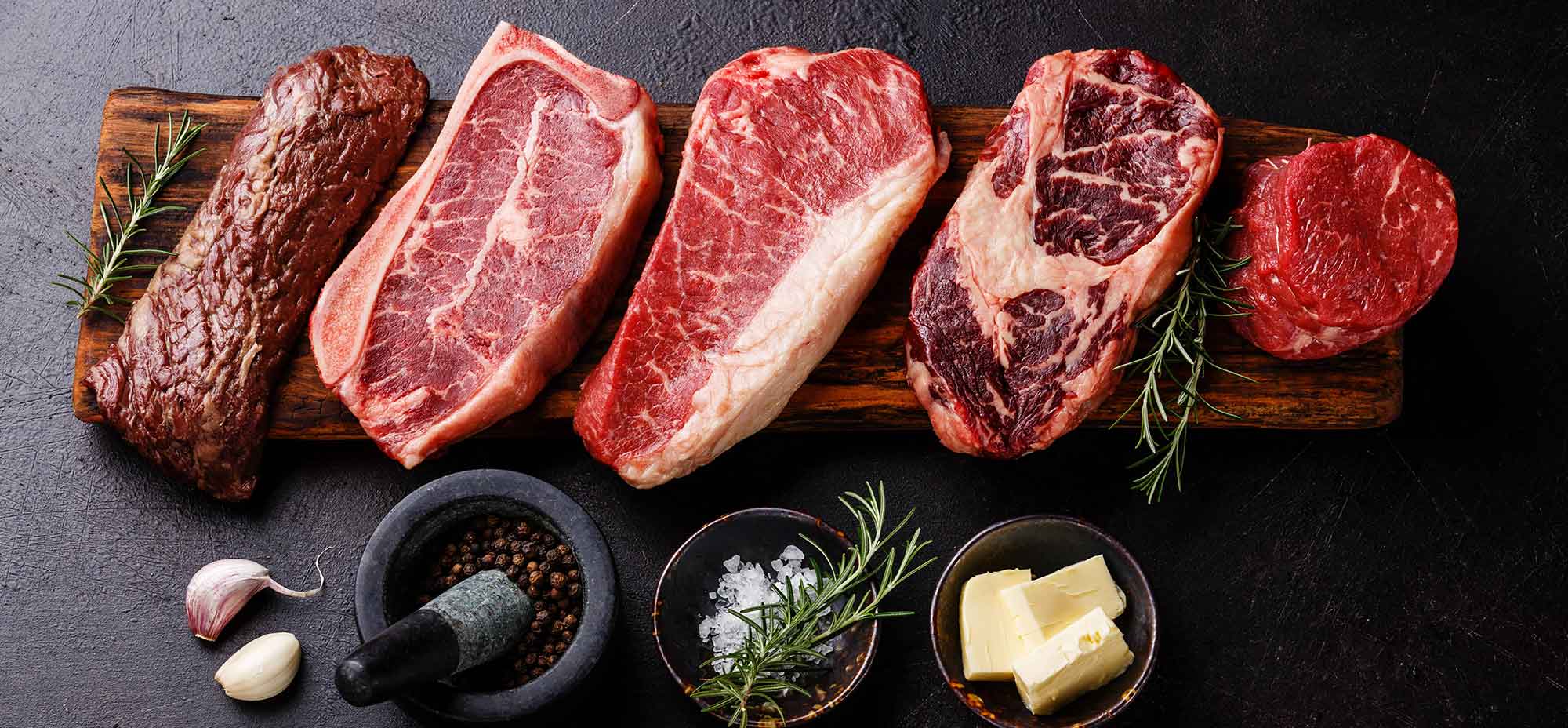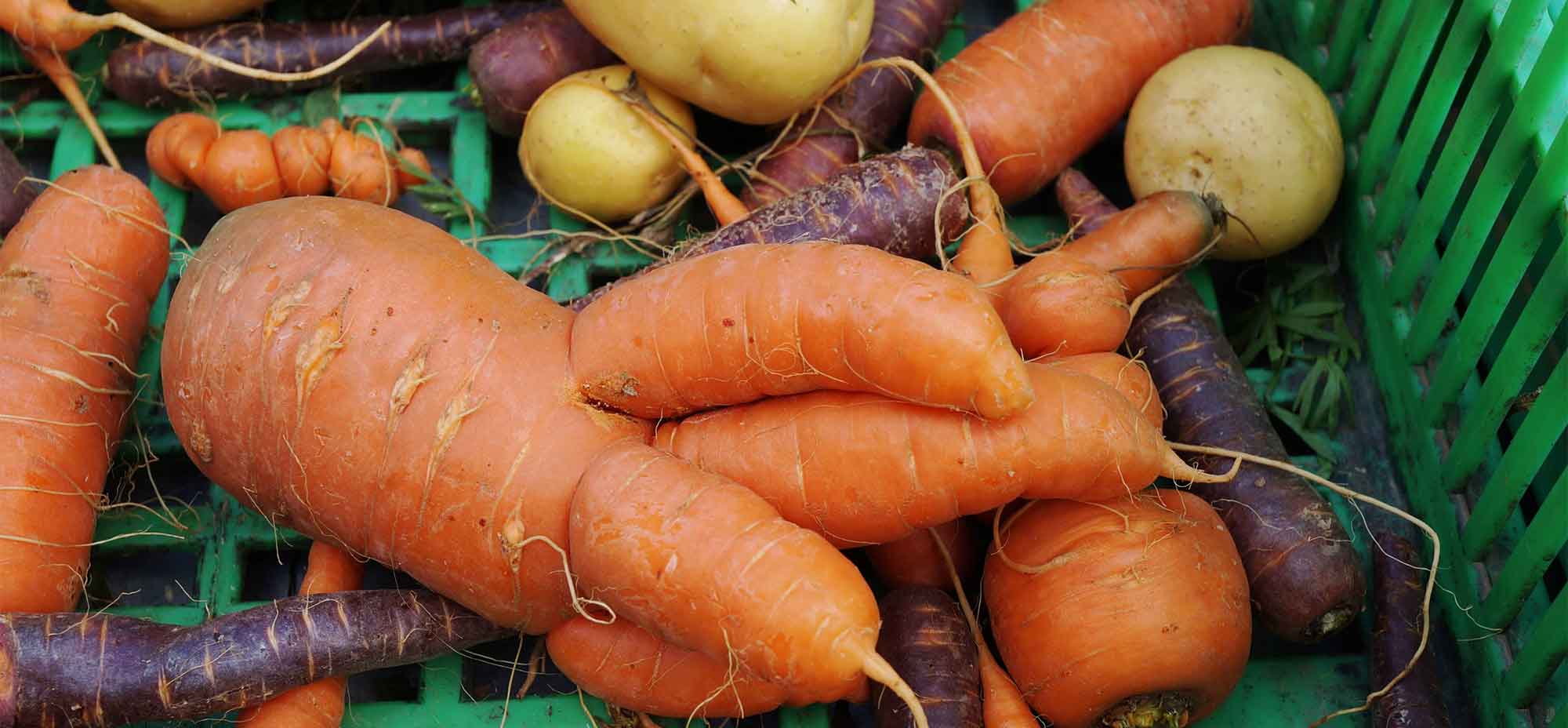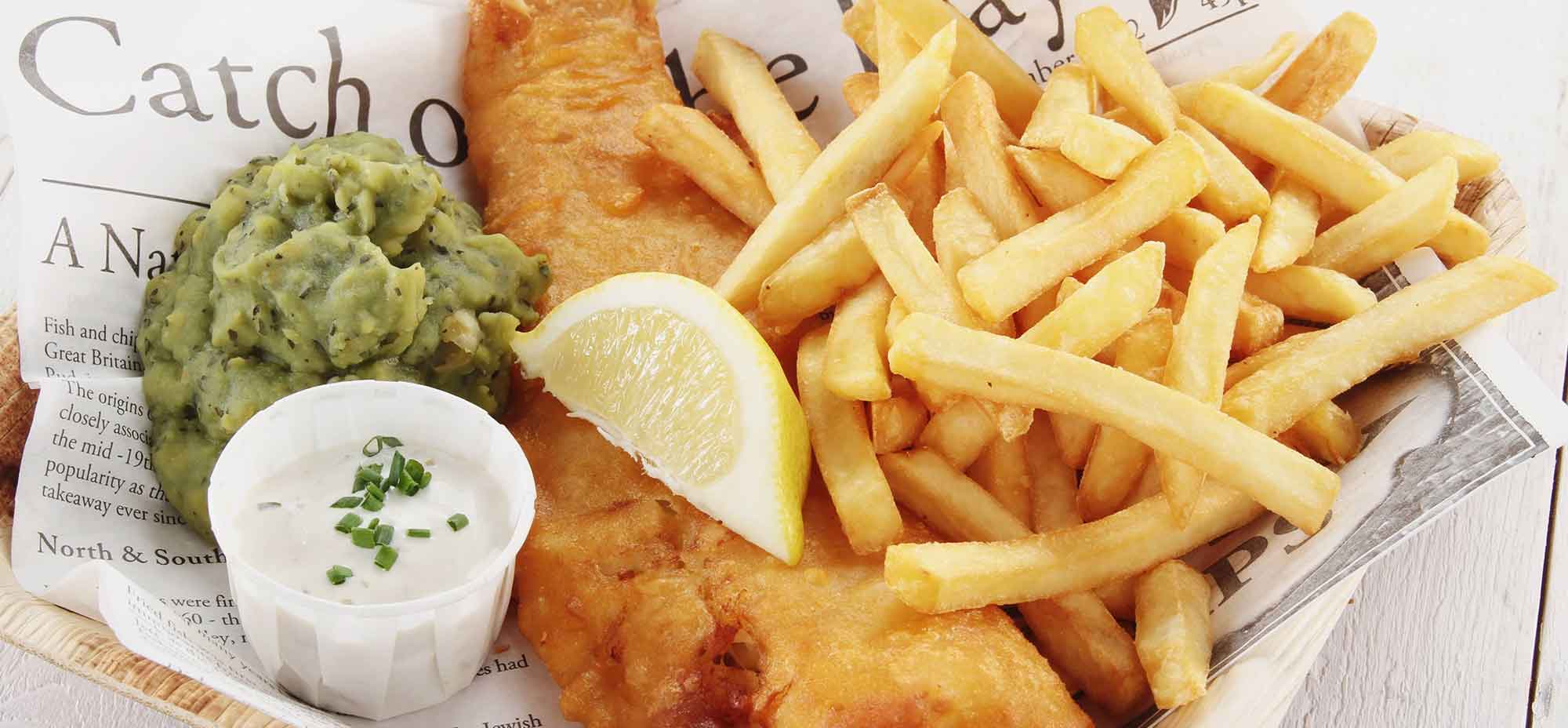You’ve probably heard it all before; “how can we reduce restaurant costs to increase profit?” The Australian dining scene is in a boom, with more and more people enjoying dinners out on a weekly basis. While managing and minimising costs requires long term consideration and careful strategising, there are many simple ways to reduce them without having to meticulously monitor every dollar that leaves the bank.
Here are five ways to cut costs and save money in your kitchen:
1. Nothing fancy

You might think grade nine Kagoshima wagyu with an Alba white Italian truffle emulsion and deconstructed Yubari King Melon salad might sound impressive, but having too many speciality elements on your menu can often do more harm than good. “Try dialling down the wagyu with cheaper cuts that retain most of their flavour when cooked,” says Liam Gurman, chef at world-renowned Bannisters restaurant in Port Stephens.
Bannisters is a signature restaurant designed and created by UK chef Rick Stein. The restaurant specialises in locally sourced seafood, which is prepared simply on site. Grade-nine wagyu is a premium product and one that people are prepared to pay for in the Café Sydney’s and Attica’s of the dining scene. Whilst the kitchen from your intimate corner restaurant in the suburbs might serve up some delicious and well-cooked dinners, $100 steaks might not be what they come for.
Getting around spending a fortune on prized beef products can be simpler than you think, especially when you find a supplier with an excellent reputation for consistent quality and reliability. You can also try substituting expensive cuts of wagyu with a cut and type of beef with similar quality that is also easier on the wallet. Global Meat’s Kobe striploin or Dr Johnson’s beef eye fillet tenderloins have a great reputation among restaurant goers and aren’t necessarily a staple in home kitchens, so customers may be more inclined to give them a go.
2. Seasonal produce
Before refrigeration and fast track distribution became commonplace, using seasonal produce was not just a trend but the only choice restaurants had to get fresh fruit and vegetables on their plates. Today, out of season fruit and vegetables are attainable but they’re usually hydroponically grown or imported from offshore suppliers.
The simple truth is that seasonal produce tends to cost less because it’s easier to grow and lasts longer off the vine. It’s usually locally grown, so it doesn’t have to travel far and you have the added benefit of supporting local farmers from your region. Chef Gurman says, “fruits and vegetables in season are also a lot easier to source.”
As we head into the colder months, you might find yourself after a fruit that is out of season. Consider opting for Frutex’s frozen mango cubes instead of fresh mangoes for sorbets, cocktails and cakes. They’re snap frozen to ensure they retain their flavour, while also being significantly cheaper than if you were to buy them fresh and out of season. Other snap frozen summer fruits like stone fruits – nectarines, plums, cherries and apricots – can be used for coulis, strudels and other fruity desserts.
3. Using “second” fruit and vegetables

Often, chefs might only need one part of a fruit or vegetable during cooking, such as the rind of an orange or the flesh of a chilli. In this instance, try making use of fruit and vegetables that aren’t necessarily the prettiest of the bunch. Chef Gurman calls this the method of using the “second fruit or vegetables”. He says “while a pumpkin may not be perfectly formed or has some aesthetic flaws, it doesn’t matter if you’re using it for pumpkin puree or as a thickener in a curry.”
Figures from the UN Food and Agricultural Organisation (FAO) say that worldwide, almost 40 per cent of fruit and vegetables will go to waste before they even reach consumers. Whilst in many countries this figure is due to a lack of means to store it, 20 to 40 per cent of produce in western culture is rejected due to its appearance. Given these statistics, it comes at no surprise that “second” fruit and vegetables are less expensive than those that are unblemished. In many cases, misshapen alternatives can save you up to a third of what you’d pay for other produce.
Using “second” produce is a method employed by many of the top restaurants around Australia. Chef Gurman suggests “using misshapen oranges for the juice only and discard the unusable skin” or for potatoes that have started to sprout again, “peel and wash them thoroughly for mash and gratin.”
4. Reduce, reuse, recycle
Food waste is a significant problem in today’s hospitality environment, which not only has an impact on your bottom-line but also the natural environment. The commercial sector wastes almost two million tonnes of food waste every year, with just under 80 per cent of that ending up in landfill. These figures are only increasing and restaurants are being urged to use as much of their fresh produce as much as possible.
Chef Gurman says there are many ways a restaurant can use every element of a fruit, vegetable or meat product. “Vegetable scraps go really well in stocks and soups,” he says, while explained “using fish and meat scraps for staff meals can also minimise internal staff management costs.” Stale bread has the perfect consistency and moisture content to transform into breadcrumbs for schnitzels with a quick blitz in the food processor. You can also utilise bruised strawberries in cocktails and softened tomatoes as the base for Bloody Marys.
5. Use bycatch seafood products

Bycatch seafood refers to fish or other marine species that are unintentionally caught whilst trawling for a specific species. “Bycatch is the result of overfishing or mass netting,” says Chef Gurman. “Small shark species which are often referred to as Flake can be a lot cheaper as fishermen don’t usually sell the product at market and the buyer isn’t required to pay full price because there’s so few of them.”
Flake is a common fish type in more casual seafood shops as it holds its form, is light in flavour and can afford to be compromised with heavy batters, lemon and tartar. It’s highly affordable and accessible and often comes battered, pre-packaged and frozen for added convenience for fish and chip shops and cafes of high activity. Superior Food Services offers pre-packaged flake options in 180-gram fillets and 100-gram fillets to suit a wide range of applications.
Cost cutting is a major component of any thriving business and one that many restaurants rely on to achieve a profit. As is the case in all businesses, balancing figures requires your utmost attention and dedication but it’s often the little things that often go unnoticed in helping you achieve a profit. By sticking to what you know, buying locally and making wise decisions about the ingredients you’re using, you can reduce costs dramatically.